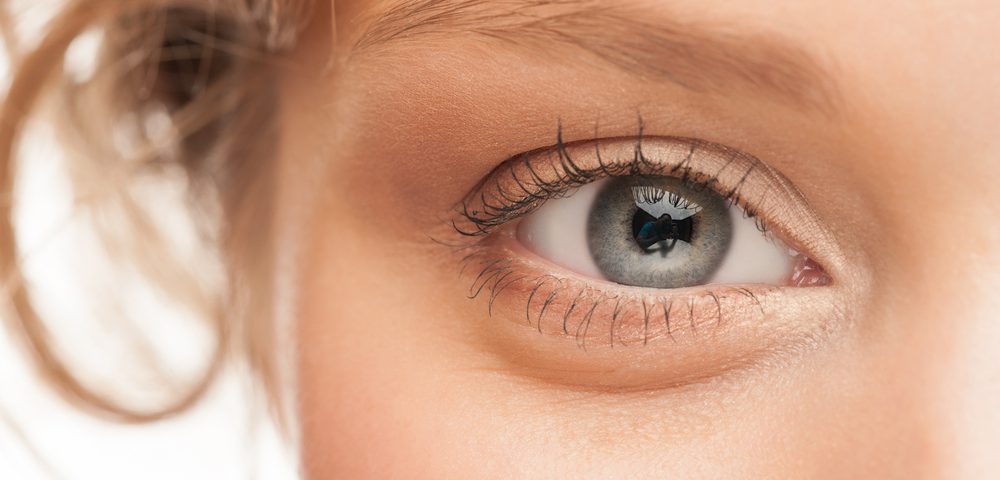Adrenoleukodystrophy (ALD) is a rare genetic disease that can lead to neurodegeneration (nerve cell death) and adrenal insufficiency, among other symptoms. However, symptoms vary widely between types of ALD. Cerebral ALD, which affects the brain and nerve cells, usually affects vision.
Doctors should test children with sudden and unexplained vision loss for other symptoms of ALD.
Why does ALD cause vision problems?
ALD is caused by mutations in a gene called ABCD1. The protein that this gene provides instructions for making is needed for cells to break down molecules called very-long-chain fatty acids (VLCFAs). When this protein does not function properly due to mutations in ABCD1, VLCFAs build up within cells and interfere with their function. In the brain and nerve cells, VLCFAs cause the loss of the myelin sheath, the protective coating that surrounds nerve cells. Without this coating, nerve cells are fragile and easily damaged.
Vision depends on visual signals reaching the eye and traveling to the brain through the optic nerve. Damage to this nerve can cause vision loss. Cerebral ALD also can damage the nerve cells that control eye muscle movement and lead to other types of vision problems.
What types of symptoms are common?
Vision loss is very common in cerebral ALD. In children, this might occur as not being able to see the chalkboard or video displays in class, or having difficulty reading. Some patients may lose vision completely in one eye.
Patients also may develop visual agnosia, which means they have difficulty recognizing and identifying objects visually.
Optical atrophy, when the nerve cells controlling the retina weaken or atrophy (shrink), also is common.
Finally, some patients may become cross-eyed (strabismus) as a symptom of ALD. This occurs because of muscles controlling eye movement lack coordination.
How do doctors diagnose vision problems?
An eye exam can help diagnose vision problems. Several studies have indicated that doctors can use visual changes to monitor the progression of ALD, and to understand whether a treatment is effective.
How do doctors treat vision problems?
Slowing the progression of ALD with medications or other treatments can slow vision loss.
Vision aids and assistive devices, such as voice-to-text devices, as well as physical therapy and special education, may be helpful in improving patients’ quality if life.
Last updated: June 3, 2020
***
Adrenoleukodystrophy News is strictly a news and information website about the disease. It does not provide medical advice, diagnosis or treatment. This content is not intended to be a substitute for professional medical advice, diagnosis, or treatment. Always seek the advice of your physician or other qualified health provider with any questions you may have regarding a medical condition. Never disregard professional medical advice or delay in seeking it because of something you have read on this website.


